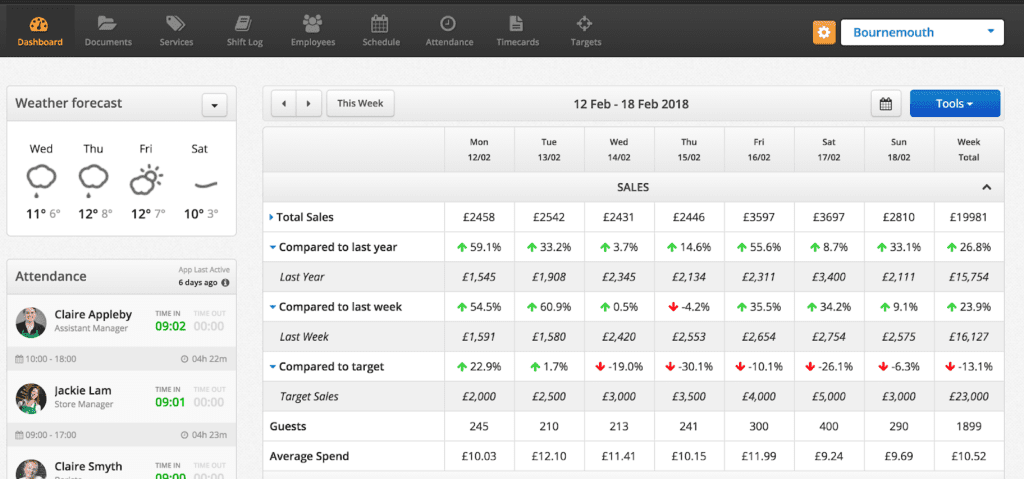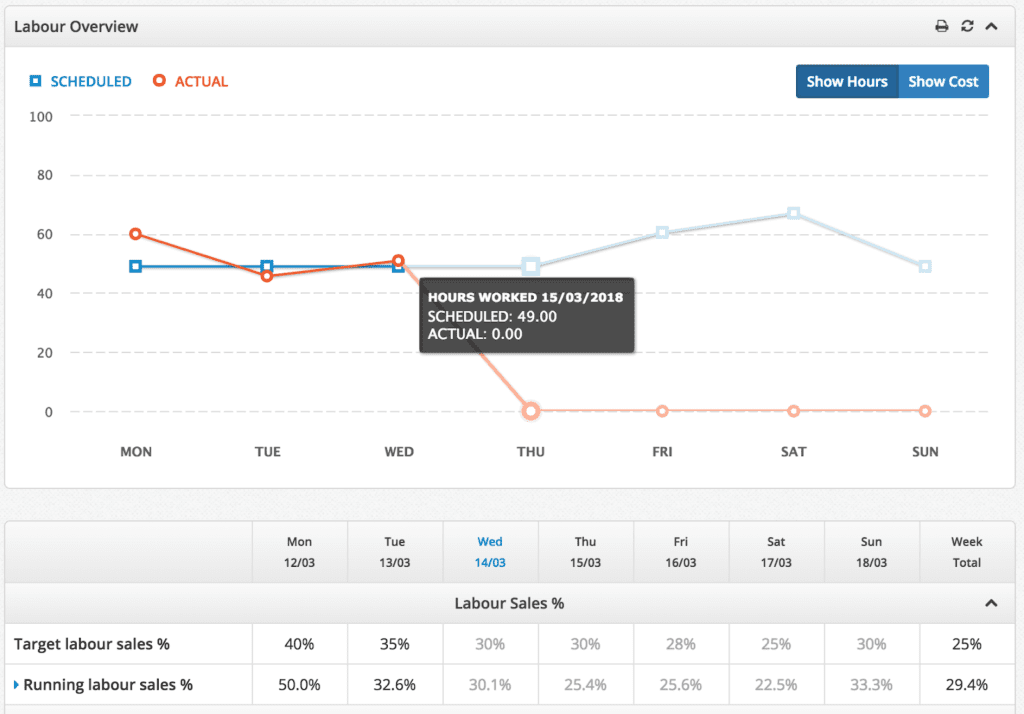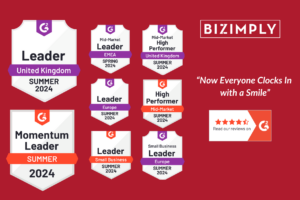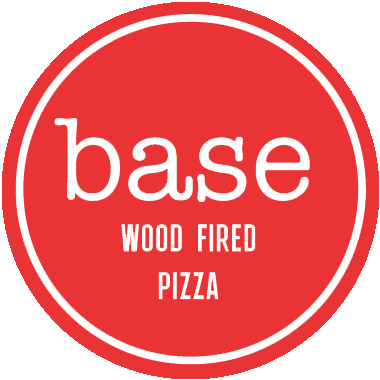As a multi-location retail manager, you’re probably already keeping an eye on sales figures and profits for your business. However, best practice suggests that tracking multiple KPIs is optimal, as doing so allows for a more accurate overview of the business’ health and performance. Problems can be identified sooner, operations can be optimised and costs can be controlled.
The following are 5 of the key KPIs top performing managers are tracking. With these five KPIs, you can increase sales and profitability, and make measured adjustments to help your business grow.
1. Employee Turnover Rate
An important metric to take into account when tracking business KPIs is your employee turnover rate, which is the percentage of employees that leave that need to be replaced in a given period of time. The retail industry acutely faces this problem too. Turnover tends to be higher in hourly workers, especially part-timers.
Retail business’ often hire the wrong people and have a high turnover rate. An incompetent staff member can damage the whole shopping experience for your shoppers and negatively affect your current and future customer base. Also, hiring new staff and training them to bring them up to desirable levels of efficiency require a lot of time and effort. It is advisable to hire the right people from the beginning and take care of your staff so that they are less tempted to leave.
Here’s how to calculate this KPI:
Start by adding the total number of employees at the beginning and end of a given period of time. Then, divide the sum by 2 to find the average number of employees during the set period. Take the difference between the number of employees at the beginning and end of the set time frame and divide the number of employees who left by the average number of employees. Here’s the equation:
(Starting Number of Employees + Ending Number of Employees) / 2 = Average Number of Employees
Lost Employees / Average Number of Employees = Employee Turnover
If you have 30 employees at the beginning of a given year and 34 at the end the equation would look as follows:
(30 +34) / 2 = 32
15/32 = .4687
Employee Turnover = 47%
2. Comparative Sales
Are you comparing sales every day against the same day last year? The same day last week? Are you able to accurately forecast based on data gathered to date?
It is critical that one of your KPIs you record are daily sales. This is so you can understand whether each of your locations is trending up or down and ensure that you are taking corrective action. Remember, if you have a slow day during the week, you should be looking to make it up before the week is over. Bizimply can help you with generating sales forecasts, as seen below.
3. Hours Worked Versus Hours Scheduled
Are you tracking hours worked versus hours scheduled at the end of every day? Are your staff getting paid for their scheduled hours or for the hours they actually end up doing?
Don’t forget to consider unpaid breaks when creating your schedule and your time cards. It’s important, from a labour law compliance perspective, to be able to prove how many hours employees worked and if they took their breaks. Bizimply can help with this.
A good practice is to review and accept hours worked and ready for payroll at the end of each day instead of at the end of each week, as the shift times are still in the forefront of your mind. This process allows you to save a lot of time at the weekend tracking live hours worked versus hours scheduled. In addition, by doing it at the end of each day, it will help generate a Sales Per Labour Hour forecast for the remainder of the week.
4. Labour Cost as a Percentage of Sales
Labour cost percentage (labour %) is the cost of wages as a percentage of revenue. Most business owners have a general sense of this number. However, it’s best to include labour cost percentage per hour as one of your KPIs. Use this as well as an hourly customer to labour hours metric to match staffing levels to customer demand.
Labour cost percentage is a great labour target and gives managers a target that scales as your sales increase and decrease (a common range for labour cost percentage will be 20-30% depending on average transaction value). Ensure your managers meet the labour % target on their schedules.
Keep track of labour percentages in real time throughout the week so that you can make adjustments before it is too late. The time to take action on costs is prior to the beginning of the week, as your wages have not yet been spent. Make sure you also review any differences between your planned versus actual labour cost percent. This information is very telling – it will help you determine if the source of your cost issues is inadequate forecasting or employee time management issues.
5. Sick Days Taken
Are you tracking sick days taken across the business and by individual team members? Sick days taken can be a measure of morale and the skills of your management team. An effective formula for comparing individual employees absenteeism is the Bradford Factor. The Bradford Factor theory is that short, frequent, and unplanned absences are more disruptive than longer absences over the course of a year.
For example, if Mary is sick on 10 different occasions for a total of 10 days, this would be more concerning than if Paul is out 2 occasions for a total of 10 days.
Here’s how to calculate it:
The Bradford factor is calculated using the Bradford Formula S2 x D = B
- S is the total number of separate absences by an individual
- D is the total number of days of absence of that individual
- B is the Bradford Factor score
E.g. Mary’s Bradford Factor would be 1000 (102 * 10) and Pauls Bradford Factor would be 40 (22 * 10).
See how Bizimply can help managers control labour costs, generate sales forecasts, accurately track hours worked and breaks taken, and compare sales across days, months and years – book a free demo of Bizimply today!


















